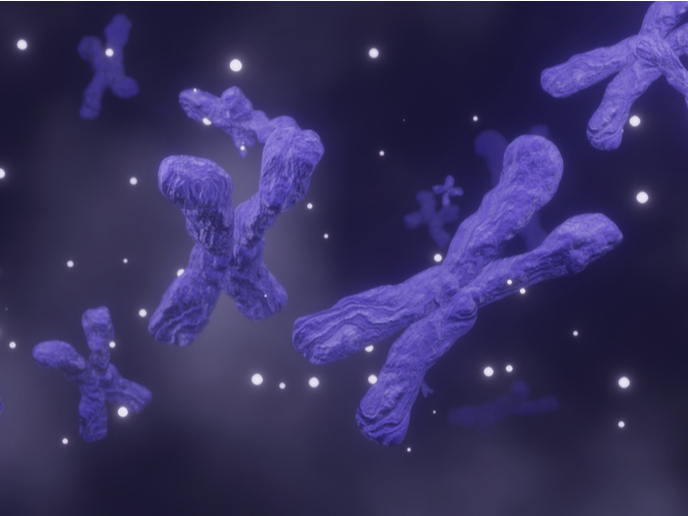Novel approaches to heart tissue regeneration
Myocardial infarction – commonly known as a heart attack – can cause the irreversible replacement of functional cardiac tissue with dysfunctional fibrotic tissue. This can result in heart failure, with the only standard therapy currently available being heart transplantation. “Heart failure is the leading cause of mortality and morbidity in the industrialised world,” notes BIORECAR(opens in new window) project coordinator Valerie Chiono from the Politecnico di Torino(opens in new window) in Italy. “Any new knowledge of effective treatments would have a deep social and economic impact.”
Potential for myocardial regeneration
A new strategy aimed at converting cells populating the cardiac fibroblasts into beating cells has recently emerged as an intriguing possibility for myocardial regeneration. This approach however is still too immature and inefficient to bring into clinical settings. BIORECAR, which was supported by the European Research Council(opens in new window) (ERC), sought to address current limitations of this strategy through a novel multidisciplinary approach. The project integrated nanomedicine, biomaterials science and tissue engineering, with the aim of developing a safe and efficient method for cell reprogramming through RNA molecules. “We designed hybrid polymer-lipid nanoparticles to target and direct the reprogramming of human cardiac fibroblasts into cardiomyocytes,” explains Chiono. “We also designed a minimally invasive injectable hydrogel to release the nanoparticles.” In vitro human cardiac fibrotic tissue models were used to test and validate the BIORECAR approach, in alignment with the 3Rs principle of animal experimentation (Reduction, Replacement, Refinement). A preclinical validation approach using mouse models was then carried out.
Novel hybrid nanoparticles and hydrogels
A number of significant milestones were achieved, including the design and patent for novel hybrid nanoparticles for RNA therapy. “Our team was selected for the I-Tech Innovation Acceleration(opens in new window) programme, which supported the foundation of the start-up company PoliRNA,” says Chiono. “PoliRNA was then selected as a semi-finalist of the EIT Health Catapult 2024-25(opens in new window).” Another achievement has been the design of an injectable hydrogel with the ability to support controlled nanotherapeutics delivery. New projects have been submitted and cover the use of such hydrogels for cardiac and skeletal muscle regeneration, as well as chronic wound healing. “A third important achievement has been the design of bioartificial scaffolds for the in vitro modelling of human cardiac fibrotic tissue,” adds Chiono. “This in turn has led to new projects, among them the ERC-funded EMPATIC project.”
Applications of RNA therapies in regenerative medicine
The project’s functionalised hybrid nanoparticles successfully overcame many of the issues typically associated with other systems for RNA release, such as limited stability, uncontrolled miRNA release, and the possibility of inducing an immune response. This work could therefore pave the way towards novel applications of RNA therapies in regenerative medicine. “The injectable hydrogel platform represents another breakthrough because it was shown to combine multiple features, including biodegradability, biocompatibility, nanoparticle delivery and cell support,” says Chiono. “The in vitro models of human cardiac fibrotic tissues were validated for testing new potential advanced therapies in compliance with the 3Rs principle.” Next steps include robust preclinical validation by in vitro and in vivo models of cardiac fibrosis, supported by new projects. Chiono also expects that the start-up PoliRNA will acquire patent licences and establish key partnerships with research groups and companies, for further co-development of this pioneering technology.





